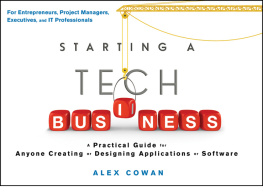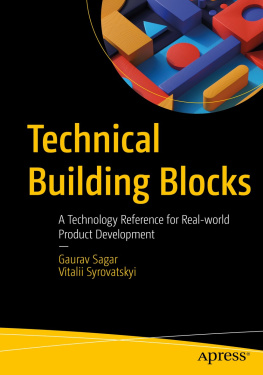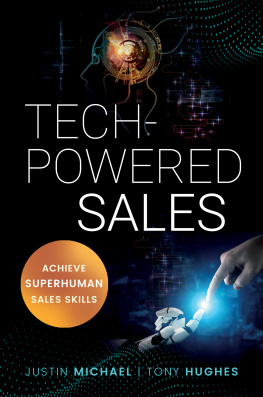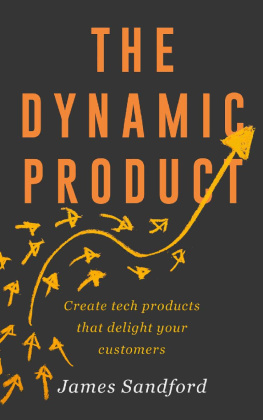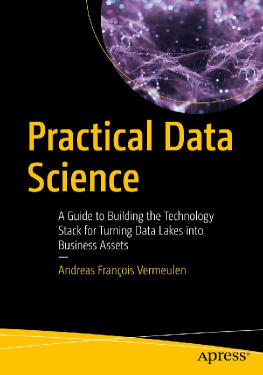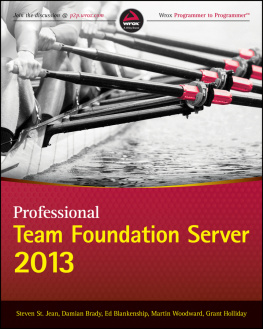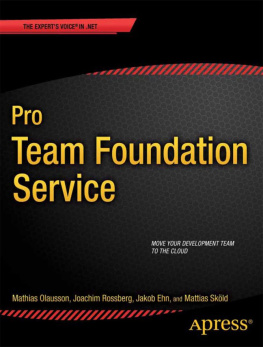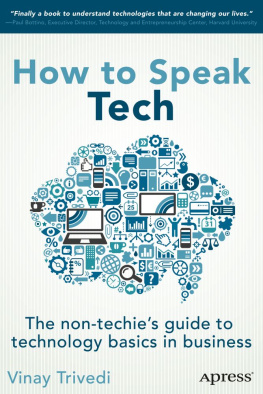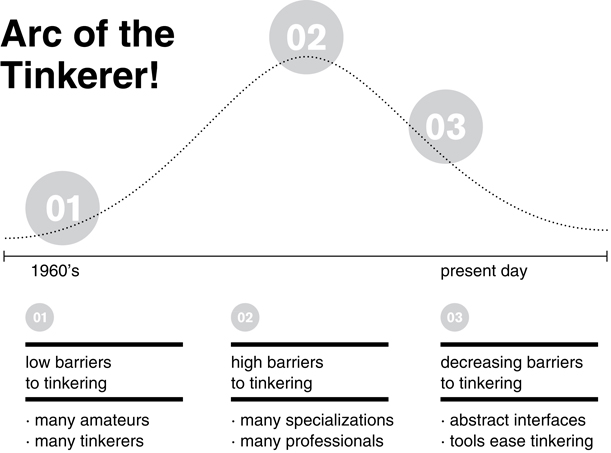Alex Cowan - Starting a Tech Business: A Practical Guide for Anyone Creating or Designing Applications or Software
Here you can read online Alex Cowan - Starting a Tech Business: A Practical Guide for Anyone Creating or Designing Applications or Software full text of the book (entire story) in english for free. Download pdf and epub, get meaning, cover and reviews about this ebook. year: 2012, publisher: Wiley, genre: Business. Description of the work, (preface) as well as reviews are available. Best literature library LitArk.com created for fans of good reading and offers a wide selection of genres:
Romance novel
Science fiction
Adventure
Detective
Science
History
Home and family
Prose
Art
Politics
Computer
Non-fiction
Religion
Business
Children
Humor
Choose a favorite category and find really read worthwhile books. Enjoy immersion in the world of imagination, feel the emotions of the characters or learn something new for yourself, make an fascinating discovery.
- Book:Starting a Tech Business: A Practical Guide for Anyone Creating or Designing Applications or Software
- Author:
- Publisher:Wiley
- Genre:
- Year:2012
- Rating:5 / 5
- Favourites:Add to favourites
- Your mark:
Starting a Tech Business: A Practical Guide for Anyone Creating or Designing Applications or Software: summary, description and annotation
We offer to read an annotation, description, summary or preface (depends on what the author of the book "Starting a Tech Business: A Practical Guide for Anyone Creating or Designing Applications or Software" wrote himself). If you haven't found the necessary information about the book — write in the comments, we will try to find it.
The non-technical guide to building a booming tech-enabled business
Thinking of starting a technology-enabled business? Or maybe you just want to increase your technology mojo so you can do your job better? You do not need to learn programming to participate in the development of todays hottest technologies. But there are a few easy-to-grasp foundation concepts that will help you engage with a technical team. Starting a Tech Business explains in practical, actionable terms how to
Even if you have a desire to learn to program (and I highly recommend doing whatever unlocks your inner tinkerer), these foundation concepts will help you target what exactly you want to understand about hands-on technology development. While a decade ago the barriers to creating a technology-enabled business required a pole vault, getting started today only requires a determined step in the right direction. Starting a Tech Business supplies the tools prospective entrepreneurs and business enterprises need to avoid common pitfalls and succeed in the fast-paced world of high-tech business. Successful execution requires thoughtful, evidence-based product formulation, well-articulated design, economic use of systems, adaptive management of technical resources, and empathetic deployment to customers. Starting a Tech Business offers practical checklists and frameworks that business owners, entrepreneurs, and professionals can apply to any tech-based business idea, whether youre developing software and products or beginning a technology-enabled business. Youll learn:
1. How to apply todays leading management frameworks to a tech business
2. How to package your product idea in a way thats highly actionable for your technical team
3. How to ask the right questions about technology selection and product architecture
4. Strategies to leverage what your technology ecosystem has to offer
5. How to carefully define the roles on your team, and then effectively evaluate candidates
6. The most common disconnects between engineers and business people and how to avoid them
7. How you can apply process design to your tech business without stifling creativity
8. The steps to avoid the most common pitfalls tech founders encounter
Now is one of the best times to start a technology-enabled business, and anyone can do it with the right amount and kind of preparation. Starting a Tech Business shows you how to move a product idea to market quickly and inexpensivelyand to tap into the stream of wealth that a tech business can provide.
Alex Cowan: author's other books
Who wrote Starting a Tech Business: A Practical Guide for Anyone Creating or Designing Applications or Software? Find out the surname, the name of the author of the book and a list of all author's works by series.

